Axle loads – what are they for?
Coilover suspension, as a component so important in the proper behavior of the car on the road, should be selected accordingly. Several guidelines serve this. In addition to the make, model or body version, these are often axle loads. What is this last parameter?
Different weights in one car model
Modern cars are characterized by great diversity. When buying a car, we can choose not only its color or equipment but also, above all, the engine version. Different engines also often have differences in their mass. Niche cars, used mainly for fun, often have a very narrow range of engines. This is the case, for example, with the Mazda MX-5. 1.6 and 1.8 engines in this model offer different power values, but in terms of weight they do not differ much from each other. Therefore, in this case one set of coilover suspension works perfectly.
Many of our references are based on the so-called ERS springs. Springs manufactured by Eibach, thanks to their compact linear design, cope with cars with various engine versions. This is the case with the MTSGWBM03 set for the BMW E46, and in the MTSGWVW08 set for the VW Golf II / III. The latter also works well with heavier engines than those predicted by engineers from Wolfsburg. You don’t have to look for examples, just look at our RetroRacer. The massive R32 engine, coupled with the heavy DSG transmission, is not a challenge for the front suspension springs.

R32 engine and DSG gearbox weight a lot… MTSGWVW08 set deals even with such weight.
However, there are sets where the car’s design excludes the use of ERS springs. There are used elements of different shape, adapted inter alia for the construction of the top mount. This introduces a slight complication to the creation of coilover suspensions for popular cars, which are offered with a wide range of engines. This is where axle load is important. In some sets, the threads are divided into two references, which differ in terms of axle loads. Examples include the VW Golf 5 VW Golf 5 and the Audi A4 B8 Audi A4 B8. An extreme example is the Audi A4 8E Audi A4 8E, in which as many as 6 different references appear! So how do you choose the right set from such a wide range?
Where can you find information on axle loads?
Axle loads are listed on each car, on its rating plate. This is a sticker, usually located under the hood or on one of the pillars of the car. It has a rectangular shape. On its top is the car VIN, and under it four values expressed in kilograms. The third and fourth of these are important in terms of suspension selection. These are respectively front axle load and rear axle load.
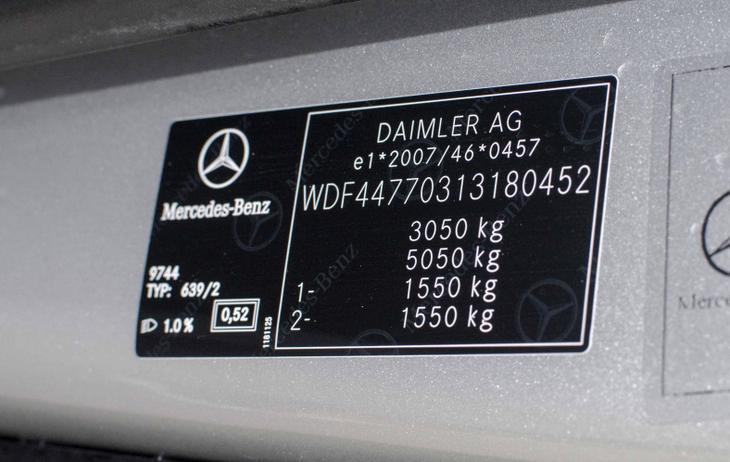
“1-” and “2-” positions indicate the axle loads
The values given on our website are axle load ranges. When choosing a set, remember one important rule – the load given on our website must remain higher (or equal) to the load given on the car’s nameplate. An example is given below to illustrate the topic:
The first case – Audi A6 C5, FWD drive, 1.9 TDI engine.
The front axle load, i.e. position “1-” on the nameplate, indicates a load of 1090 kg. This value is lower than 1100 kg, provided for the MTSGWAU38 set, so it is within the standard. It will be the right set for this car.
The second case – also the Audi A6 C5, FWD drive, 1.9 TDI engine, but this time configured with a heavier automatic transmission, so the position “1-” already indicates the value of 1150 kg. This value is higher than the allowable load for the MTSGAU38 set, so you should buy the MTSGWAU39 set, designed for axle loads up to 1250 kg.
As you can see, the answer to the frequently asked question about the right selection of the set is at your fingertips.
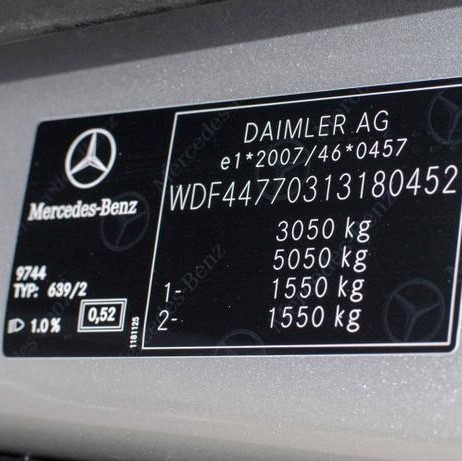


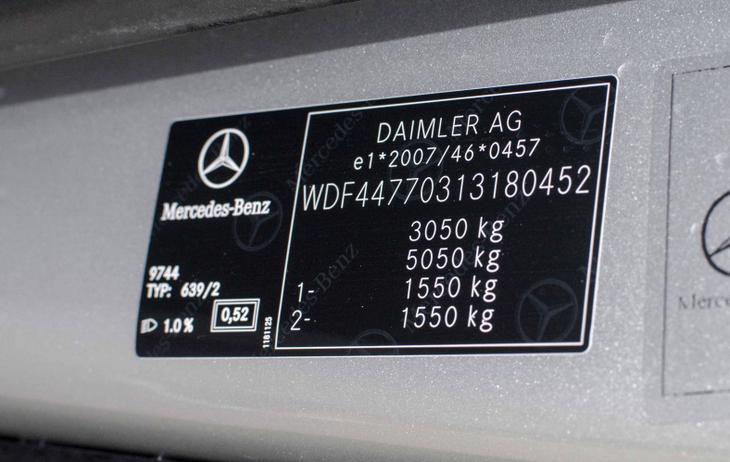
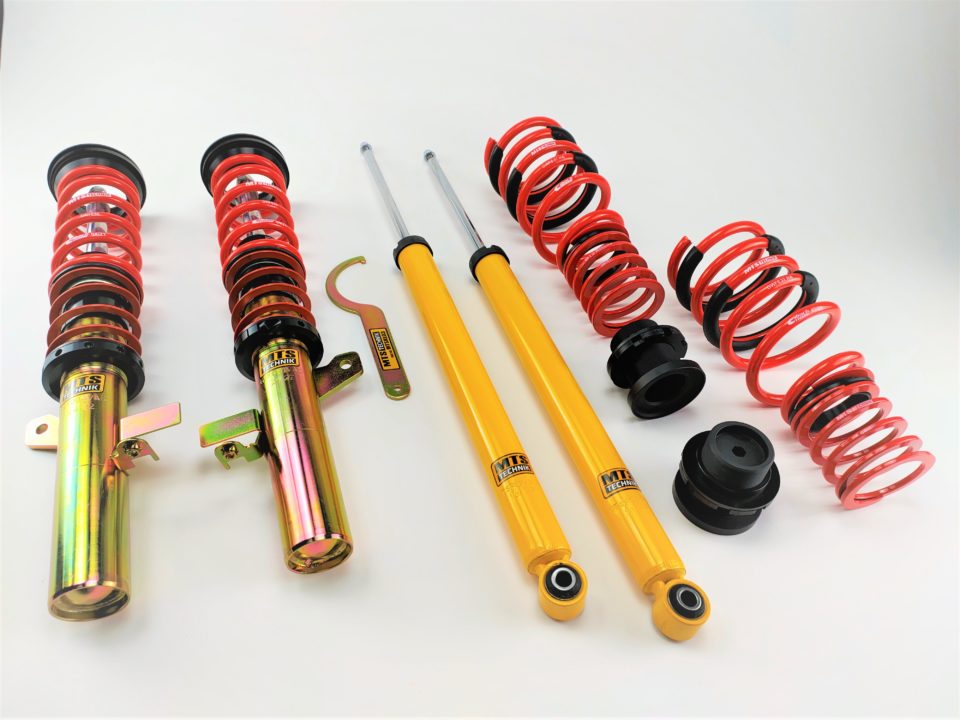
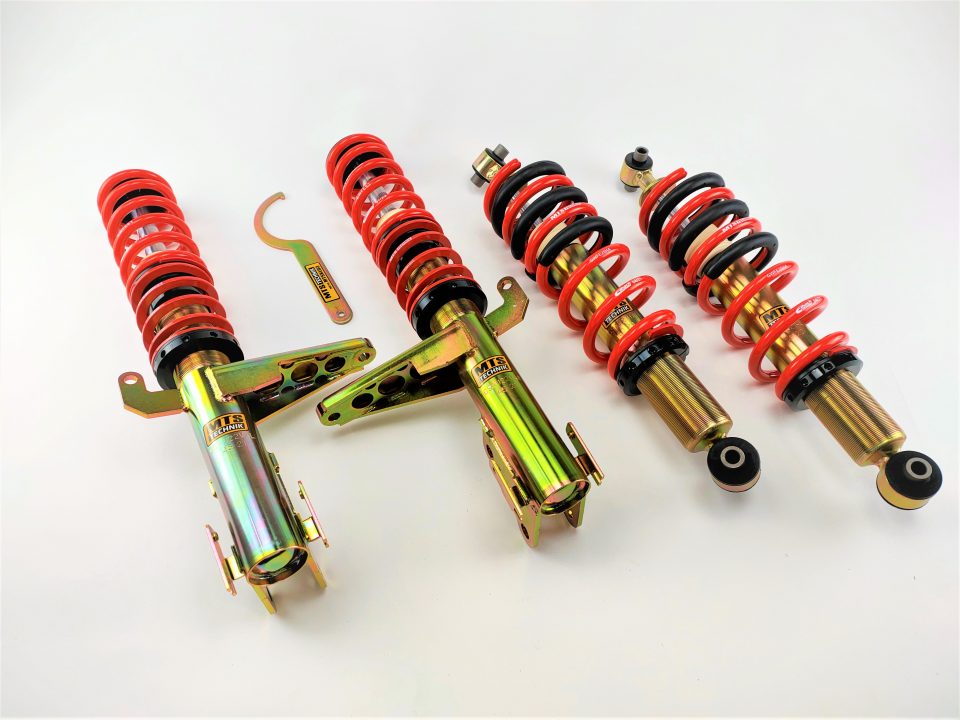
Comments